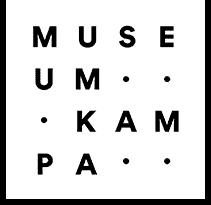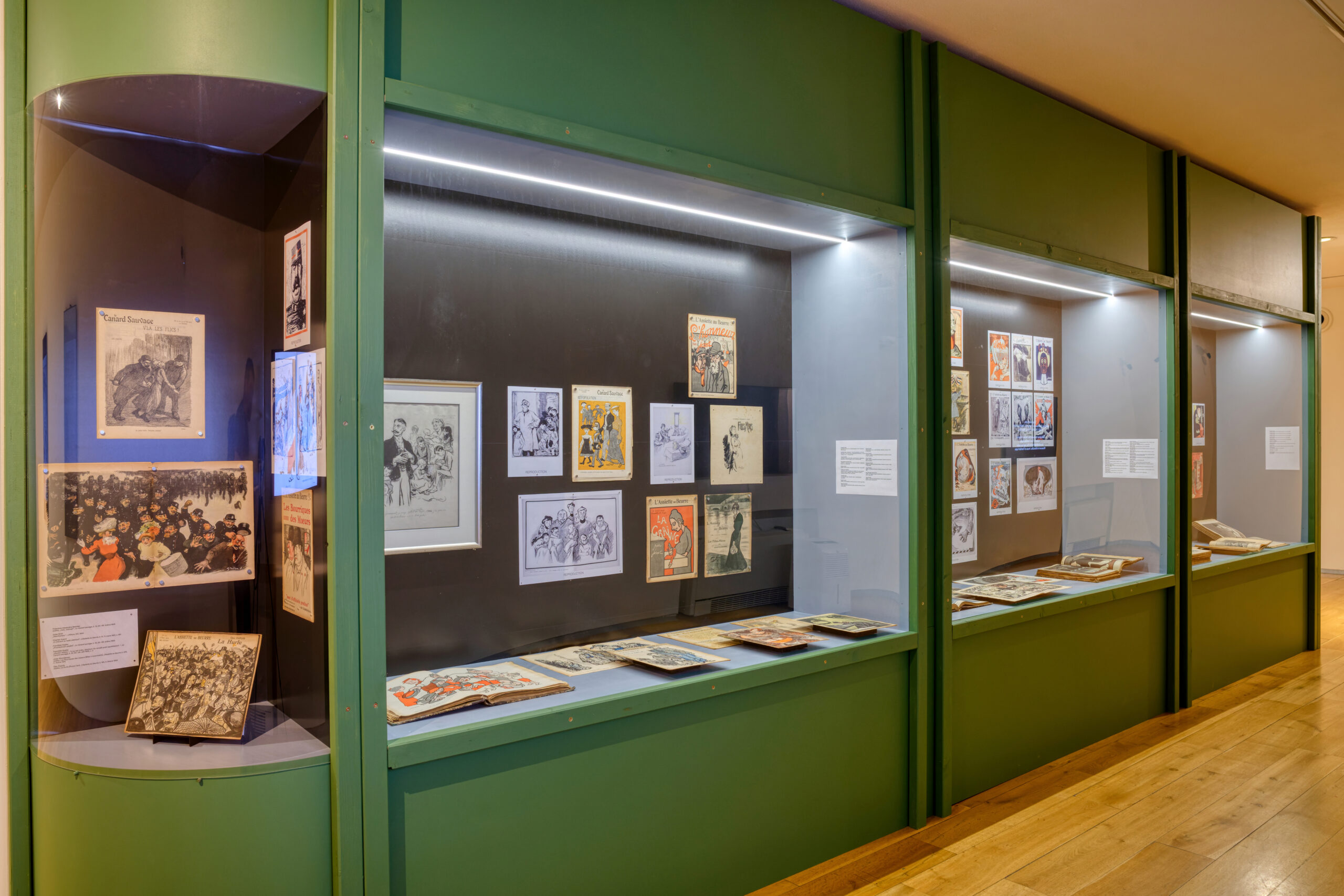This exhibition is part of a series of exhibitions dedicated by Museum Kampa to the themes, aspects, and contexts of the work of František Kupka. The last in the series was the 2017 exhibition Neighbours in Art: Marcel Duchamp, Raymond Duchamp-Villon, Jacques Villon and František Kupka, and in 2018, on the centenary of the founding of the Republic, the exhibition František Kupka: Legionnaire and Patriot. This year’s exhibition will present the artist’s work during the “golden age” of satirical magazines. Although Kupka is primarily known as one of the first to step towards non-figurative art, his satirical work, at first glance diametrically opposed to his later concepts, is in many aspects a substantial part of the artist’s oeuvre.
Although Kupka later distanced himself from this work from the perspective of his new orientation, there is no doubt that the subversive environment of Montmartre, where he not only lived at the beginning of the last century, but into which he integrated, strengthened his sense of non-conformist solutions, even if in this case it was tied to a satirical critique of social conditions. Other artists of the later “classical avant-garde” also went through this process, such as his aforementioned friend and neighbour, Jacques Villon. There is no doubt that it was through this work, both combative and scandalous, that he entered the public space in Paris, in his native Bohemia, and in Vienna, the city associated with his first successes.
Magazine satirical drawings have become a powerful means of visual communication with their ability to provide information quickly and concisely, to „humour“ the problems of modern life while retaining a “touch of eternity”, and to appeal to the widest possible public. It was in Paris at the turn of the 19th and 20th centuries that we witnessed an unprecedented growth in the number of satirical critical periodicals in which drawing played a prominent role, even dominated, as in Assiette au Beurre, to which František Kupka contributed his most famous satirical works. Satirical drawings could be used to respond to social and socio-political phenomena and current affairs much more vividly than the written word. Drawn satire even became a distinct artistic genre worthy of Salons and exhibitions, a genre that contributed to a constant questioning and questioning of even the tendencies of art itself. The “golden age” of satirical magazines was made possible by the democratization of French society, which was of course the result of struggles and polemics. These were numerous in the Third French Republic and in the international context. Satirical production was attacked from all sides, and this was not without the intervention of censorship, scandals and even trials. Satirical criticism of the situation reflected a variety of attitudes in the imaginary “mirrors of naked Truth”. Kupka declaratively belonged to the circle of free-thinkers, but there were more than one of these “mirrors”; of satire; they were by no means unilateral attitudes, neither politically nor artistically. The exhibition seeks to show this diversity, both in thought and form. In addition to socio-political themes, the critically playful context of the fin-de-siècle should not be neglected. The exhibition’s axis remains at the work of František Kupka, especially his three realized cycles for Assiette au Beurre (Money, Peace, Religion), but it also presents this work in the context of the descriptive works of other artists of different attitudes and artistic orientations of the Parisian international scene, including other artists from the Czech Republic. The freedom of these diverse expressions is a unique phenomenon of European culture, despite their potential conflicts and the obstacles they encountered. While the exhibition cannot aspire to a comprehensive representation recording all points of view and attitudes, it does intend to highlight the fractiousness and relevance of the questioning of cartoon satire artists more than a century ago.




